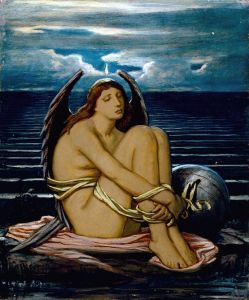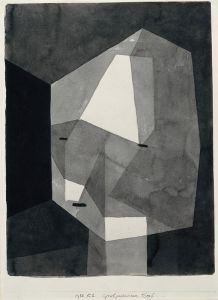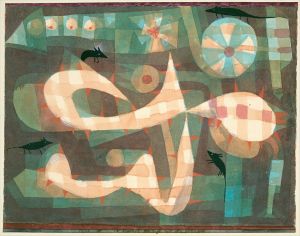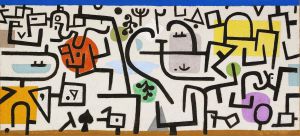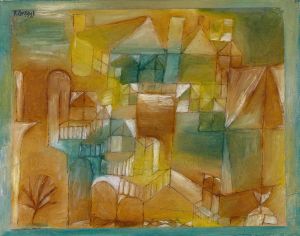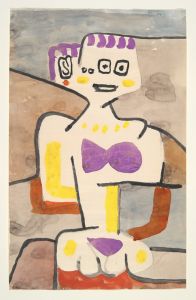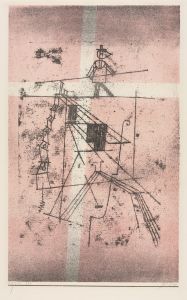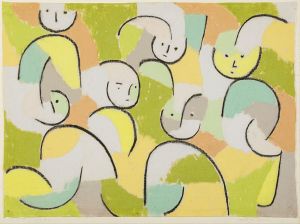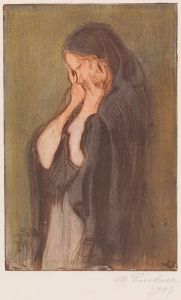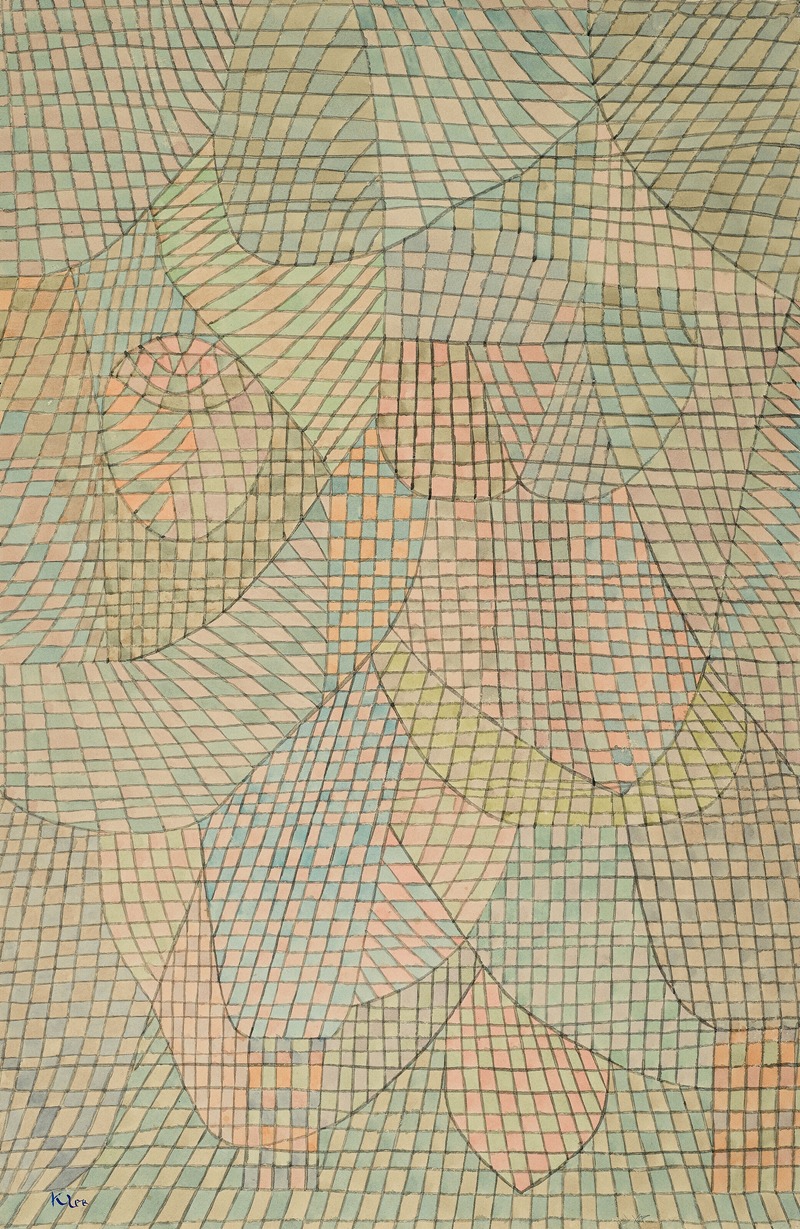
Verschleiertes
A hand-painted replica of Paul Klee’s masterpiece Verschleiertes, meticulously crafted by professional artists to capture the true essence of the original. Each piece is created with museum-quality canvas and rare mineral pigments, carefully painted by experienced artists with delicate brushstrokes and rich, layered colors to perfectly recreate the texture of the original artwork. Unlike machine-printed reproductions, this hand-painted version brings the painting to life, infused with the artist’s emotions and skill in every stroke. Whether for personal collection or home decoration, it instantly elevates the artistic atmosphere of any space.
Paul Klee was a Swiss-born artist whose work is associated with a variety of art movements, including Expressionism, Cubism, and Surrealism. He is known for his highly individual style, which was influenced by his interest in color theory and his experiences in various artistic environments. Klee's work often features a unique blend of abstraction and figuration, and he is celebrated for his innovative use of color and form.
"Verschleiertes" is one of Klee's many works, and while specific details about this particular piece are limited, it can be understood within the broader context of Klee's artistic career and style. Klee's oeuvre is characterized by a playful yet profound exploration of color and form, often incorporating elements of fantasy and whimsy. His works frequently reflect his interest in music, nature, and the subconscious mind.
Klee's artistic journey began in the early 20th century, and he was significantly influenced by his time at the Bauhaus, a progressive art school in Germany where he taught alongside other notable artists such as Wassily Kandinsky. The Bauhaus was known for its interdisciplinary approach, combining fine arts with crafts and design, and Klee's work during this period reflects these principles. His teaching at the Bauhaus also allowed him to further develop his theories on color, which became a central aspect of his work.
In his paintings, Klee often employed a grid-like structure, which can be seen as a reflection of his interest in order and chaos, as well as his fascination with the underlying structures of nature and art. His use of color was both experimental and methodical, often involving a complex layering of hues to achieve a desired effect. This approach to color and form can be seen in many of his works, where he sought to evoke emotion and thought through visual means.
Klee's work is also noted for its symbolic and often enigmatic content. He drew inspiration from a wide range of sources, including children's art, primitive art, and the art of various cultures. This eclectic mix of influences contributed to the unique and timeless quality of his work, which continues to be celebrated and studied today.
While specific information about "Verschleiertes" is not readily available, it is likely that the piece embodies many of the characteristics that define Klee's broader body of work. His paintings often invite viewers to engage with them on multiple levels, encouraging both intellectual and emotional responses. Klee's legacy as an artist is marked by his ability to transcend traditional boundaries and create works that are both visually captivating and intellectually stimulating.
Overall, Paul Klee remains an influential figure in the history of modern art, and his contributions continue to inspire artists and art enthusiasts around the world. His innovative approach to color, form, and composition has left a lasting impact on the art world, making his work a subject of ongoing interest and admiration.






